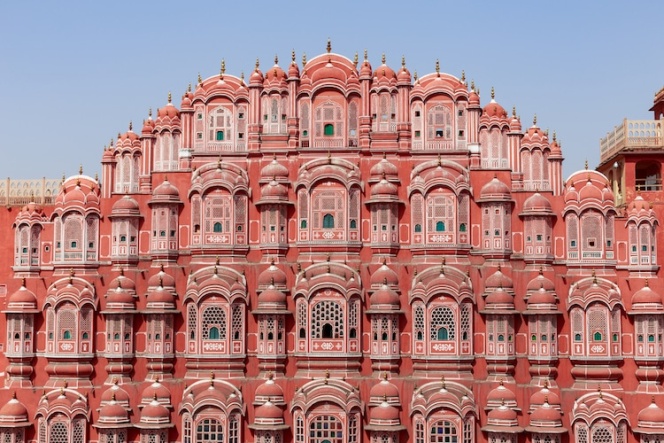Free Courses Sale ends Soon, Get It Now


Free Courses Sale ends Soon, Get It Now



Copyright infringement is not intended
Context: Moulvi reads excerpts from the Quran (Koran) to mark the beginning of the rathotsava (chariot or car festival) at the historic Chennakeshava temple in Belur.
Kesava temple in Belur:
Hoysala style of architecture:
Main features of Hoysala architecture:
What are World Heritage Sites?
https://www.thehindu.com/news/national/karnataka/amidst-communal-strife-in-karnataka-belurs-historic-chennakeshava-temple-strikes-a-note-of-harmony/article65320677.ece
© 2024 iasgyan. All right reserved